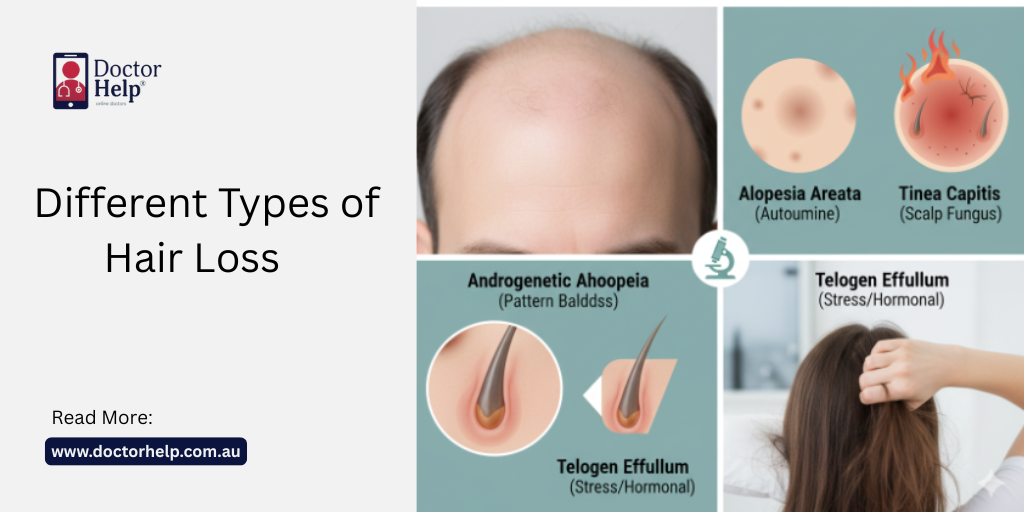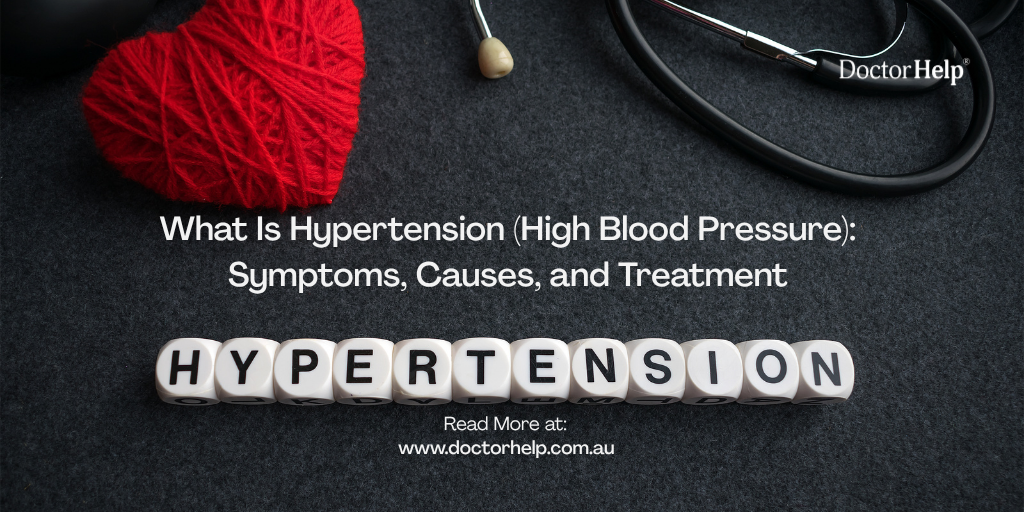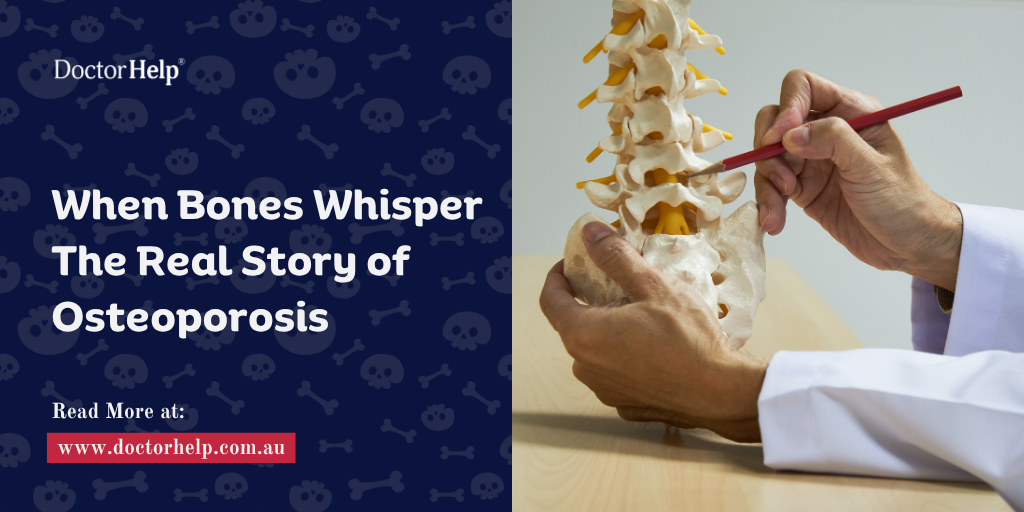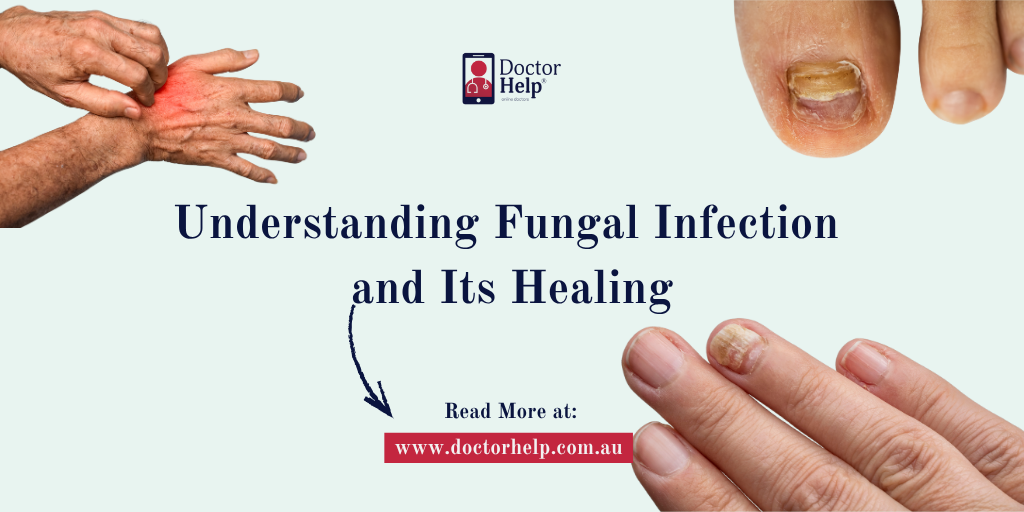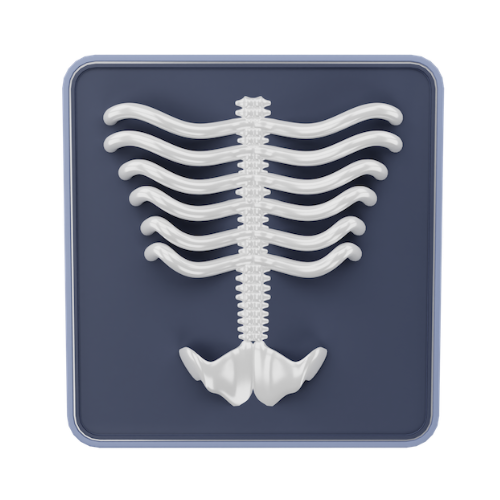Table of Contents
Hair. How funny that it has so much power over how we see ourselves. It shapes our facial features, makes us confident and it adds a little story to ourselves. However, as it begins to thin or even vanish completely, that tale may begin to grow a little hazy.
You are not alone in case you have recently looked in front of the mirror and saw a few more wires in the sink. Hair loss is a common concern that touches millions across the country. The reasons vary such as stress, hormones, genetics, even diet. But the emotions behind it? Those are universal.
Let’s discuss different types of hair loss.
1. Androgenetic Alopecia
Androgenetic alopecia, also known as male or female pattern baldness, is the most common hair loss concern.
Male Pattern Baldness
You know that slow retreat of the hairline that seems to sneak up over the years? That’s male pattern baldness, a condition that’s as old as time. It’s tied to genetics and hormones (particularly dihydrotestosterone or DHT) and tends to start at the temples or crown.
But here’s the thing, baldness isn’t a failure. It’s biology doing its thing. Still, if you’re hoping to hang on to your locks, there are solid hair loss treatment options available. From prescription tablets to topical solutions like minoxidil, or even laser therapies, progress is absolutely possible. The key is early action and good medical advice.
Female Pattern Baldness
When hair loss in women happens, it’s often less visible at first but just as impactful. The part line starts to widen, and the crown may look thinner. It’s often driven by hormonal changes like pregnancy, menopause, thyroid shifts or sometimes by simple genetics.
What makes it tricky is how personal it feels. Female baldness is not discussed in society and this may make women feel lonely. But you’re far from alone. Treatments like topical minoxidil, iron supplements, or hormone balancing (guided by your GP) can encourage hair growth again.
2. Alopecia Areata
Then there is the alopecia areata which is the wild card. One day there is your hair; the next, you have patches of small round spots that come out of the blue. It is an autoimmune disease in which your body ends up attacking your hair follicles.
And it’s not easy. The suddenness can shake your confidence. But here’s the surprising part: our hair often grows back. With medical care, steroid treatments, or even light therapy, many people see significant improvement. Maintaining emotional wellbeing is just as crucial as medical management.
3. Telogen Effluvium
Ever gone through a rough patch like stress, illness, childbirth and noticed your hair falling in handfuls a few months later? That’s telogen effluvium, your body’s way of saying, “I need a breather.”
The good news is it’s temporary. As your body recovers, so does your hair. Eat well, rest, and give it a few months. Your follicles are just hitting pause, not giving up.
4. Traction Alopecia
Those tight ponytails and sleek buns? Sometimes style comes with a price. Traction alopecia happens when constant pulling damages the follicles. It starts around the hairline or temples. Subtle at first but noticeable over time.
Loosening up your hairstyles, letting your scalp breathe, and massaging it gently can do wonders. Think of it as an apology to your follicles, they deserve a bit of kindness.
5. Anagen Effluvium
For those going through chemotherapy, anagen effluvium can be one of the hardest side effects. It’s the sudden loss of hair because treatment targets fast-dividing cells and hair follicles fit that bill.
But remember: this kind of hair loss is temporary. Many patients notice regrowth just months after treatment finishes. Cooling caps, gentle scalp care, and patience help soften the journey. It’s okay to grieve the loss, but hold on, your hair has a remarkable way of returning.
6. Scarring Alopecia
This one’s less common, but more permanent. Scarring alopecia, or cicatricial alopecia, involves inflammation that destroys hair follicles. Once scar tissue forms, regrowth isn’t possible.
Early diagnosis matters here. With the right hair loss treatment such as anti-inflammatory or antibiotic medications, you can stop it in its tracks. It’s all about acting early and partnering with a good dermatologist.
Other Causes of Hair Loss
Postpartum Hair Loss
Let’s talk about the emotional rollercoaster that is postpartum hair loss. You’ve just brought life into the world, your hormones are adjusting, and now your hair’s shedding in clumps. It’s unfair and it’s temporary.
Hormones drop after birth, and that surge of shedding is just your body rebalancing. Most mums see hair growth return within a year. In the meantime, be gentle with yourself. Messy buns and silk pillowcases can be your best allies.
Nutritional Hair Loss
Hair’s not vain, it’s honest. When your body is low on iron, protein, or key vitamins, it shows up first in your hair. Nutritional hair loss is your body’s subtle SOS.
Getting a blood test through your GP is a good starting point. A balanced diet with lean proteins, leafy greens, and healthy fats does more than support hair growth. It fuels your whole body back to balance.
Stress-Related Hair Loss
Ever heard someone say, “I’m pulling my hair out from stress”? Well, sometimes the body takes that phrase literally. Chronic stress can trigger hormonal changes that lead to diffuse thinning.
Addressing stress through mindfulness, therapy, or simply slowing down helps your scalp recover too. Healthy mind, healthy follicles. It’s all connected.
Finding Yourself Again
Here’s the truth: hair loss, no matter the cause, isn’t just about what’s on your head. It’s about how you feel in your own skin. The mirror might show less hair, but it doesn’t reflect less of you.
In Australia, treatments for male or female pattern baldness, alopecia areata, and other types of loss have evolved dramatically. From medications and laser therapies to nutritional support and gentle scalp care, the options are real and effective.
It is all about how you feel in your own skin. You can have less hair in the mirror, though it does not reflect less of you.
Treatment in male or female pattern baldness, as well as alopecia areata and other forms of loss, has developed significantly in Australia. The choices available include real and effective medications and laser treatments as well as nutritional support and gentle scalp care.
However, the first steps are not always a prescription. It’s a conversation. A place where one hears your story and guides you to make sense of what is going on. Since behind each thinning strand there is a person who needs to be understood, not tutored.
If your hair has been falling faster than your confidence, maybe it’s time to talk to someone who truly gets it. Our telehealth medical staff will be here to assist you find the answer to the question: why am I losing my hair and prescribe you solutions that work best to you.
Book an online consultation today. It’s time to rediscover yourself (and your hair).
References:
- Iyengar, L., & Li, J. (2025). Male and female pattern hair loss. Australian Prescriber, 48(3), 93–97.
https://doi.org/10.18773/austprescr.2025.020 - Can stress make you lose your hair? (n.d.). Mayo Clinic.
https://www.mayoclinic.org/healthy-lifestyle/stress-management/expert-answers/stress-and-hair-loss/faq-20057820 - DermNet. (2023, February 8). Anagen effluvium. DermNet®.
https://dermnetnz.org/topics/anagen-effluvium - Healthdirect Australia. (n.d.). Alopecia (Hair loss).
https://www.healthdirect.gov.au/alopecia - Traction alopecia. (n.d.). The Australian College of Dermatologists.
https://www.dermcoll.edu.au/atoz/traction-alopecia/

